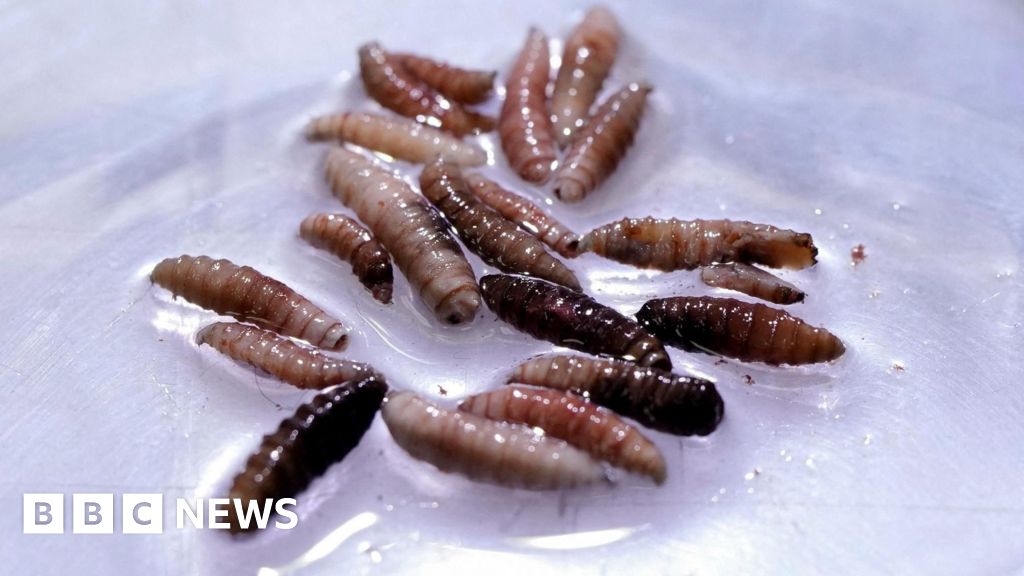As winter blankets the Carpathian mountains, shepherd József Rácz tends to his 500 ewes in Sansimion, Romania. The harsh reality of pastoral life means he confronts not only the daily demands of milking his sheep but also the constant threat from predators like wolves and bears. Annually, he loses about five or six sheep to these carnivores, which is why he relies on his pack of 17 dogs, his first line of defense against potential attacks.
This week marks a critical juncture for the future of grey wolves in Europe, as a European Commission proposal has emerged that may downgrade their protection status from Annex II (strictly protected) to Annex III (protected) of the Bern Convention. Should this shift occur, EU member states would be empowered to establish their own annual quotas for wolf culling, raising serious concerns among wildlife advocates and shepherds alike.
The Commission argues that wolf populations have surged from approximately 11,000 in 2012 to over 20,000 today, attributing this growth to increased livestock predation. However, proponents of wildlife preservation insist that effective non-lethal methods, such as training more livestock guardian dogs, could mitigate losses without resorting to culling. Moreover, they highlight the ecological significance of wolves, citing their role in curbing deer and wild boar populations and controlling diseases by consuming sick animals.
At a recent conference in Baile Tusnad, wildlife experts debated the implications of the proposed changes. Biologist Michal Haring emphasized the ecological benefits of wolves, noting their unique ability to maintain disease control in the ecosystem, especially amidst the spreading African swine fever that poses risks to livestock.
Detractors of the culling proposal argue that wolves pose little threat to human safety, having no recorded fatal attacks on people in the past 40 years. A report from 2023 indicates that only about 50,000 sheep and goats, representing a mere 0.065% of Europe's total livestock, fall victim to wolves each year. This statistic starkly contrasts with the fears held by some farmers, including Rácz, who believes that the resurgence of wolves directly correlates with increased risks to his flock.
As the debate rages on, policymakers must consider not just the immediacy of livestock protection for farmers like Rácz, but also the enviable balance of ecosystems that wolves help maintain. The strength of their argument rests in the belief that successful coexistence is possible, despite the challenges posed by larger carnivore populations. As the landscape changes and wolves potentially lose their protections, the issues of agriculture, wildlife conservation, and legislative power will intersect in profound and lasting ways.
This week marks a critical juncture for the future of grey wolves in Europe, as a European Commission proposal has emerged that may downgrade their protection status from Annex II (strictly protected) to Annex III (protected) of the Bern Convention. Should this shift occur, EU member states would be empowered to establish their own annual quotas for wolf culling, raising serious concerns among wildlife advocates and shepherds alike.
The Commission argues that wolf populations have surged from approximately 11,000 in 2012 to over 20,000 today, attributing this growth to increased livestock predation. However, proponents of wildlife preservation insist that effective non-lethal methods, such as training more livestock guardian dogs, could mitigate losses without resorting to culling. Moreover, they highlight the ecological significance of wolves, citing their role in curbing deer and wild boar populations and controlling diseases by consuming sick animals.
At a recent conference in Baile Tusnad, wildlife experts debated the implications of the proposed changes. Biologist Michal Haring emphasized the ecological benefits of wolves, noting their unique ability to maintain disease control in the ecosystem, especially amidst the spreading African swine fever that poses risks to livestock.
Detractors of the culling proposal argue that wolves pose little threat to human safety, having no recorded fatal attacks on people in the past 40 years. A report from 2023 indicates that only about 50,000 sheep and goats, representing a mere 0.065% of Europe's total livestock, fall victim to wolves each year. This statistic starkly contrasts with the fears held by some farmers, including Rácz, who believes that the resurgence of wolves directly correlates with increased risks to his flock.
As the debate rages on, policymakers must consider not just the immediacy of livestock protection for farmers like Rácz, but also the enviable balance of ecosystems that wolves help maintain. The strength of their argument rests in the belief that successful coexistence is possible, despite the challenges posed by larger carnivore populations. As the landscape changes and wolves potentially lose their protections, the issues of agriculture, wildlife conservation, and legislative power will intersect in profound and lasting ways.


















